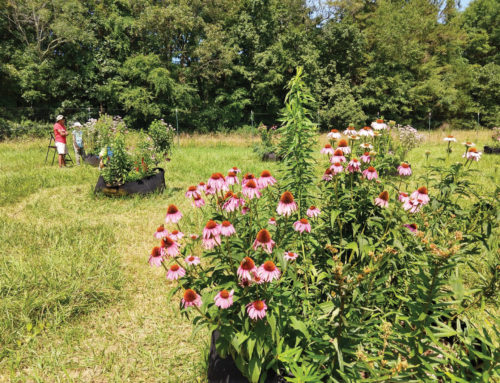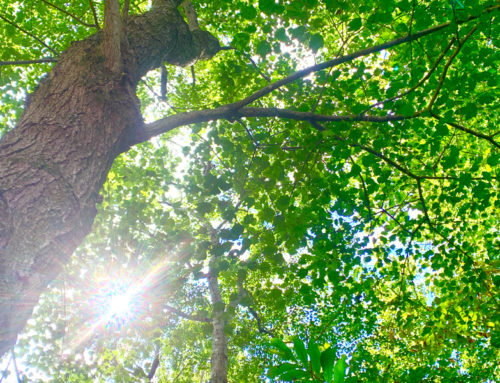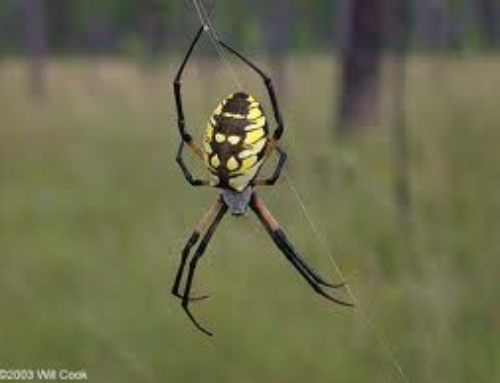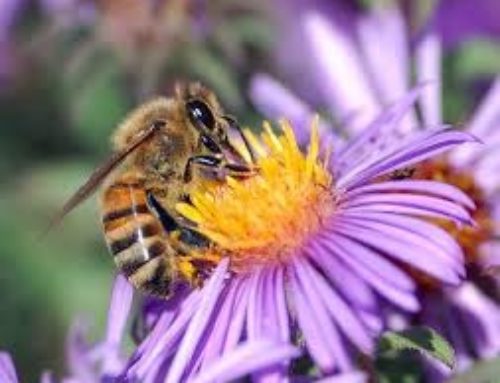What do you think of when you think of a garden? Perhaps a neat, orderly arrangement of flowers, or maybe rows and rows of fruits and vegetables? Whatever you think of, you probably don’t think of it as a wildlife habitat first and foremost. Of course, that doesn’t need to be the case. After all, the typical impression we have of yards that are wildlife habitats is that they tend to be overgrown with vegetation and maintained like a garden. But even a seemingly well-kept, manicured garden can attract many forms of wildlife, provided you use the right plants.
If you are interested in attracting native insects to your garden, you have a variety of options. Native bees (bumblebees, stingless bees, and carpenter bees) are particularly fond of plants like aster, black-eyed Susan, goldenrod, lupine, and coneflower, all of which are pollinated primarily by these native bees rather than by introduced honeybees. To attract butterflies and moths, plant flowers for them (including the aptly-named butterfly-bush, which attract many species of butterfly with its nectar). Or use plants whose leaves feed on as caterpillars.
To attract birds to your garden, use plants that produce large quantities of fruit. Many songbirds, although they mainly eat insects, are also fond of fruit. Birds eat hawthorn, barberry, holly, serviceberry, and bittersweet. All of these plants bear fruit during the fall and winter, when many songbirds are either fattening themselves up to fly south or searching for easy food once insects have become scarce.
Other options include plants that produce seeds, which many songbirds also eat. Goldfinches, for example, are particularly fond of thistle seeds, and sunflower seeds are usually a real hit with other songbirds. Beware, however, of house finches, which are likely to enter your yard and eat all of the food you put out – leaving none of it for the other birds!
Unlike birds, mammals are somewhat harder to please. You probably already have seen squirrels in your garden. They are noisy, rambunctious, and opportunistic omnivores common anywhere. If you want to attract other mammals to your garden, resist the temptation to put out food for them. This may tame them, which could lead to conflict with humans or pets. Instead, leave dead trees and shrubs standing, or create a sheltered area of sticks and leaves. This will attract rabbits and chipmunks, both of which build their nests in secluded, sheltered areas. Rabbits especially like blackberries, raspberries, and clover, all of which are easy to grow in a garden.
Deer—typically the largest mammals that one can expect to be attracted to their garden—are often considered pests nowadays. Their voracious appetites and herd-living habits challenge gardeners’ love. Plants that deer enjoy include hardy geranium, candy lily, and sea holly. It’s best to set aside a separate “deer garden” to prevent them from over-browsing other plants. While many places have regulations against attracting deer into one’s garden (since this may in turn attract predators such as coyotes), no such regulations exist in Davidson.
Growing a garden to share with wildlife is an enriching experience. Flowers come and go with the seasons, but animals are a constantly-changing spectacle.
























